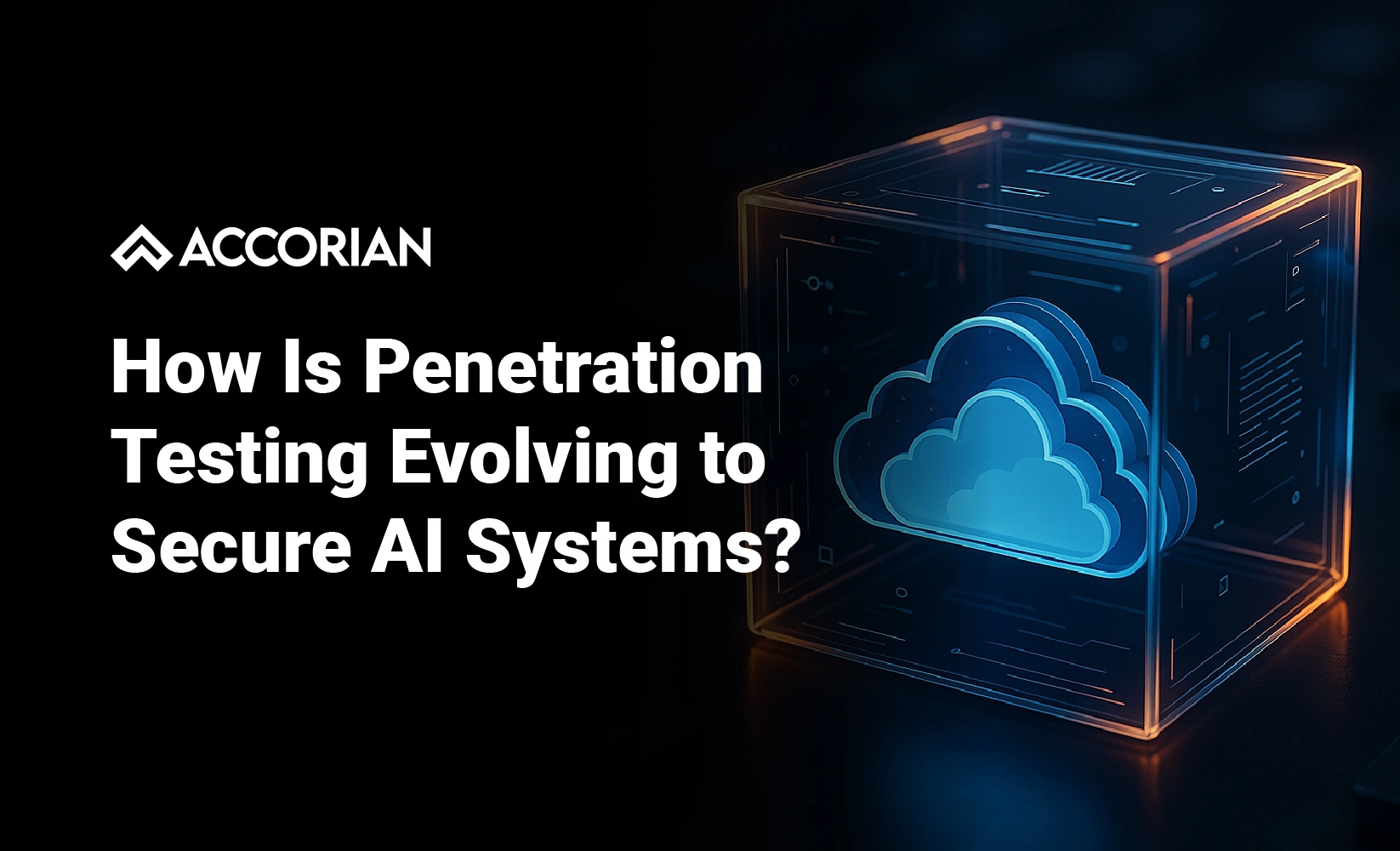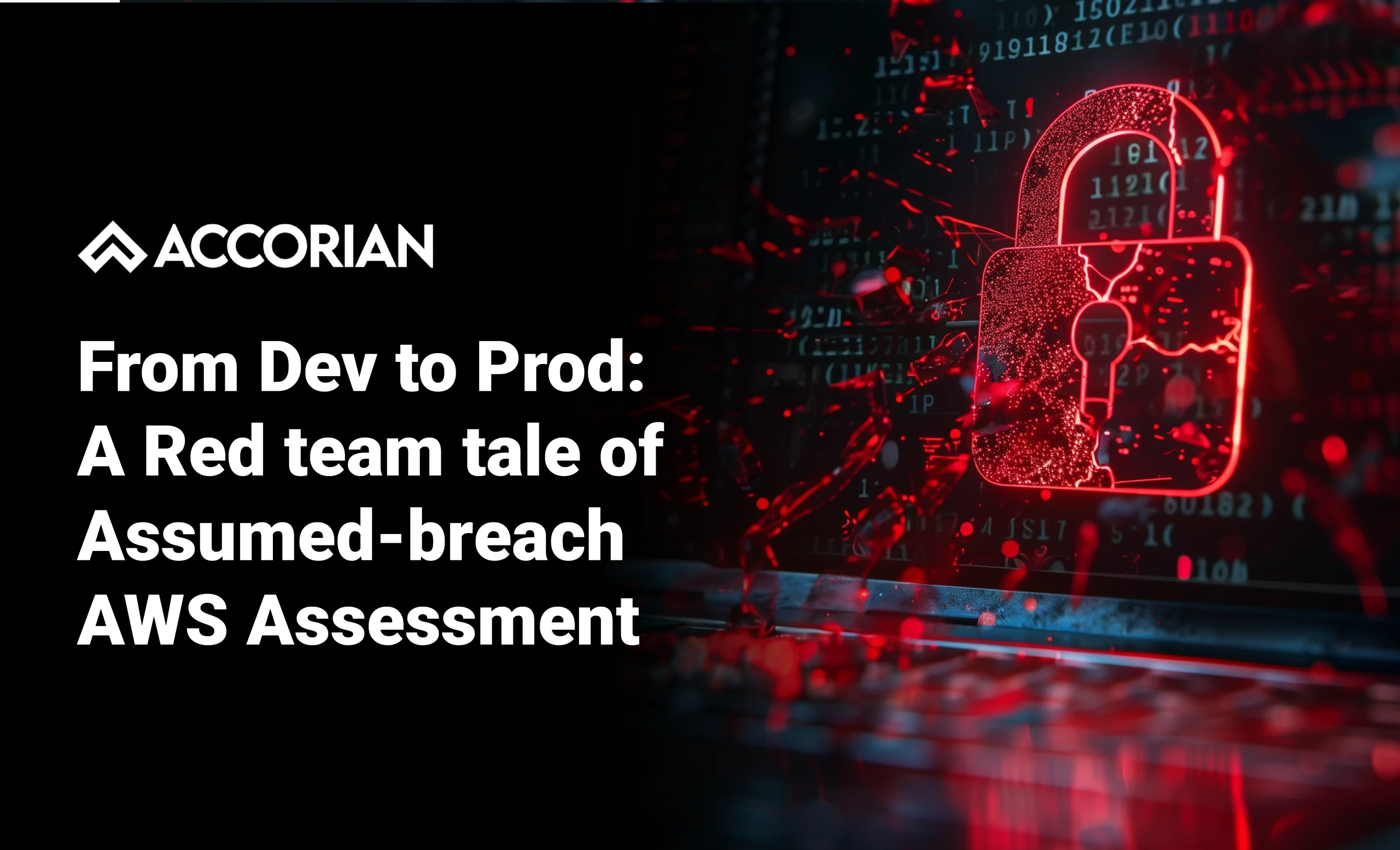As digital transformation accelerates, artificial intelligence (AI) is redefining the frontlines of cybersecurity. In today’s rapidly evolving threat landscape, both attackers and defenders are leveraging AI to outpace one another. Penetration testing remains a foundational pillar of cybersecurity, but AI is reshaping the tools and tactics employed on both sides, fundamentally altering the nature of the security landscape.
Penetration testing has traditionally focused on software, network, and system vulnerabilities, and is now increasingly enhanced by AI-driven methodologies. These advanced techniques enable more thorough and targeted assessments of modern threat landscapes. AI penetration testing goes beyond conventional approaches by addressing vulnerabilities unique to AI systems, including those found in machine learning models, datasets, and decision-making algorithms.
Key Features of AI-Driven Penetration Testing:
AI-driven penetration testing marked a shift in offensive security, combining intelligent automation and advanced threat simulation to enhance both speed and effectiveness. By leveraging machine learning and data-driven insights, AI empowered security teams to uncover vulnerabilities with greater precision and depth. The following were key features that made AI-powered testing a vital component of modern cybersecurity programs.
- Automation – AI-driven tools not only identify exploits and scan for known vulnerabilities at scale, but also handle repetitive tasks, enabling security testers to focus on complex threat scenarios and zero-day vulnerabilities that require expert judgment.
- Real-World Simulation – AI systems can replicate sophisticated and evolving cyberattacks, including adversarial machine learning attacks that target model integrity and performance, allowing organizations to assess resilience under realistic threat conditions.
- Enhanced Reconnaissance through Smart Analysis and OSINT – Advanced AI-powered data analytics combined with Open-Source Intelligence (OSINT) tools significantly improve the reconnaissance phase by gathering contextual information on targets, identifying hidden vulnerabilities, and mapping potential attack surfaces more effectively.
Opportunities for Defenders
AI is revolutionizing cybersecurity by empowering defenders with advanced tools and methodologies that significantly enhance their ability to detect, prevent, and respond to threats. Below are key areas where AI strengthens security postures:
- Proactive Threat Detection AI-powered systems continuously monitor network traffic and user behavior to detect anomalies or deviations from normal patterns. This enables real-time identification of potential breaches, malware activities, or insider threats—often before they cause serious damage.
- Increased Efficiency Automated AI tools streamline traditionally time-consuming tasks such as vulnerability scanning, log analysis, and penetration testing. This not only reduces the time required for assessments but also improves accuracy by minimizing human error and uncovering subtle issues that may otherwise go unnoticed.
- Cloud and IoT Security AI techniques are particularly effective in securing dynamic environments like cloud platforms and IoT ecosystems. They can detect misconfigurations, weak authentication practices, or suspicious device behavior, offering timely defense against emerging vulnerabilities across distributed and interconnected systems.
Challenges in the Age of AI
While artificial intelligence has significantly enhanced cybersecurity strategies, including penetration testing, it also introduces a new array of threats that demand equal attention. As both attackers and defenders harness AI, organizations must be prepared to confront evolving and complex security challenges such as:
- AI-Powered Threats – Malicious actors are leveraging generative AI to craft highly convincing phishing campaigns, generate polymorphic malware, and deploy coordinated multi-agent attacks that can evade traditional detection mechanisms.
- Adversarial Machine Learning – Attackers exploit model vulnerabilities by injecting specially crafted inputs, known as adversarial examples, to manipulate outputs, potentially causing AI systems to misclassify data or make flawed decisions.
- Expanded Attack Surfaces – The rapid deployment of AI across cloud, IoT, and enterprise systems increases the number of potential entry points, making it more difficult to monitor and secure the entire attack surface effectively.
The Role of Penetration Testing in Securing AI Systems
As AI becomes more deeply embedded in enterprise operations, its reliance on complex algorithms and vast datasets also makes it a prime target for cyberattacks. Penetration testing plays a critical role in identifying and mitigating vulnerabilities before they can be exploited. Key benefits include:
- Data Integrity – Validates that training datasets are secure and free from unauthorized manipulation or corruption that could compromise model performance or trustworthiness.
- Model Security – Identifies vulnerabilities within machine learning models, such as susceptibility to adversarial inputs, that may be exploited to influence outcomes or degrade functionality.
- Regulatory Compliance – Ensures that AI implementations align with data protection and cybersecurity regulations, helping organizations meet legal obligations and avoid penalties.
Evolving Threats Demand Advanced Penetration Testing
As both attackers and defenders continue to leverage advancements in artificial intelligence, penetration testing remains a critical pillar of cybersecurity resilience. The anticipated convergence of quantum computing with increasingly sophisticated social engineering tactics will further reshape the threat landscape, requiring security professionals to adapt continuously.
In an era of rapid technological advancement, maintaining a proactive security posture demands the adoption of cutting-edge tools and methodologies. Employing advanced penetration testing strategies is essential for organizations to effectively safeguard their digital infrastructure.



